Growing Awareness and Education
The growing awareness and education regarding cardiovascular health are pivotal in driving the Structural Heart Devices Market. As patients become more informed about heart diseases and available treatment options, there is a greater demand for effective medical devices. Educational campaigns by healthcare organizations and advocacy groups are instrumental in disseminating information about the risks associated with cardiovascular conditions and the benefits of structural heart devices. This heightened awareness is likely to lead to increased patient consultations and, consequently, a rise in the adoption of these devices. The market is expected to expand as more individuals seek proactive measures to manage their heart health.
Increased Healthcare Expenditure
Rising healthcare expenditure across various regions is a significant driver for the Structural Heart Devices Market. As countries allocate more resources to healthcare, there is a corresponding increase in the availability and accessibility of advanced medical technologies. This trend is particularly evident in developed economies, where healthcare budgets are expanding to accommodate innovative treatments for cardiovascular diseases. The market for structural heart devices is likely to benefit from this increased investment, as hospitals and clinics seek to adopt cutting-edge technologies to enhance patient care. Furthermore, the growing emphasis on preventive healthcare may lead to earlier interventions, further boosting the demand for these devices.
Regulatory Support and Approvals
Regulatory support and streamlined approval processes for new medical devices are crucial drivers for the Structural Heart Devices Market. Regulatory bodies are increasingly recognizing the need for innovative solutions to address the growing burden of cardiovascular diseases. This has led to expedited review processes for novel devices, facilitating quicker market entry. As a result, manufacturers are more inclined to invest in research and development, knowing that their products may receive timely approvals. This trend is likely to enhance competition within the market, leading to a wider array of options for healthcare providers and patients alike. The favorable regulatory environment is expected to contribute to the overall growth of the structural heart devices market.
Technological Innovations in Device Design
Technological advancements in the design and functionality of structural heart devices are significantly influencing the market. Innovations such as minimally invasive procedures, improved imaging techniques, and enhanced biocompatibility are transforming treatment paradigms. These advancements not only improve patient outcomes but also reduce recovery times, making procedures more appealing to both patients and healthcare providers. The Structural Heart Devices Market is experiencing a surge in the introduction of novel devices, including transcatheter heart valves and left atrial appendage closure devices. This influx of innovative products is expected to drive market growth, as they offer safer and more effective alternatives to traditional surgical methods.
Rising Prevalence of Cardiovascular Diseases
The increasing incidence of cardiovascular diseases is a primary driver for the Structural Heart Devices Market. As heart conditions such as heart failure, atrial fibrillation, and valvular heart diseases become more prevalent, the demand for innovative treatment solutions rises. According to recent estimates, cardiovascular diseases account for a substantial portion of global mortality, necessitating advanced medical interventions. This trend is likely to propel the market for structural heart devices, as healthcare providers seek effective solutions to manage these conditions. The market is projected to witness a compound annual growth rate of approximately 8% over the next few years, reflecting the urgent need for these devices in clinical practice.
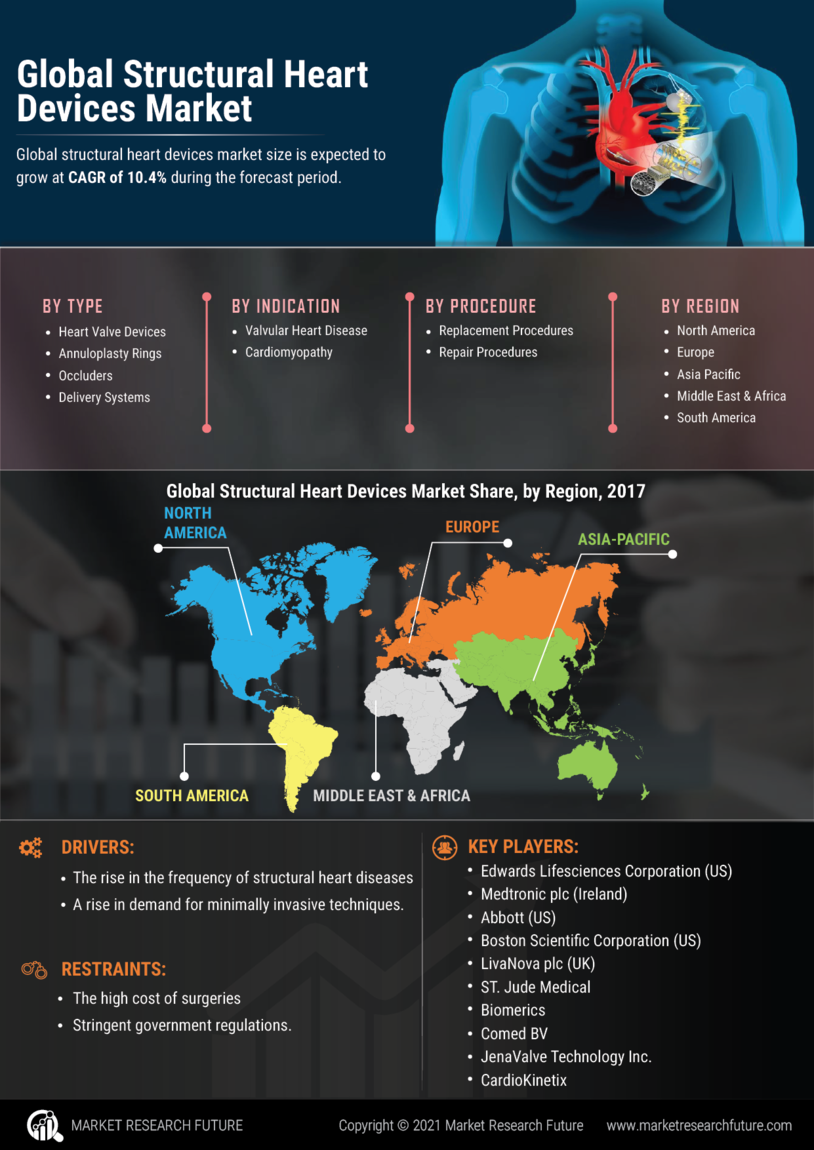

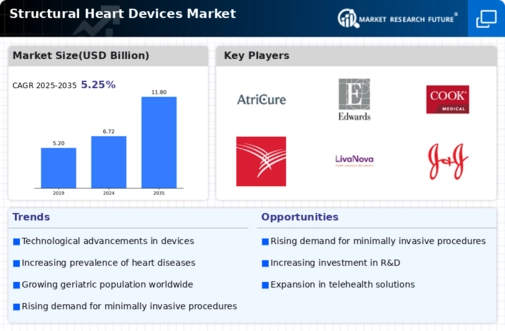
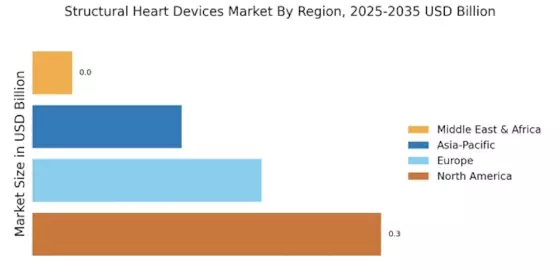
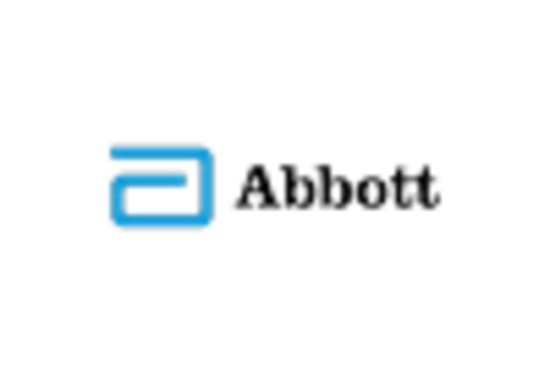
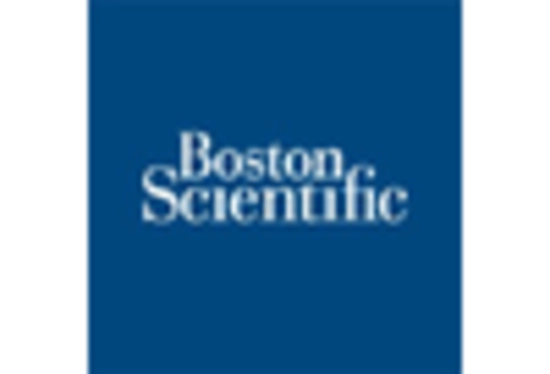
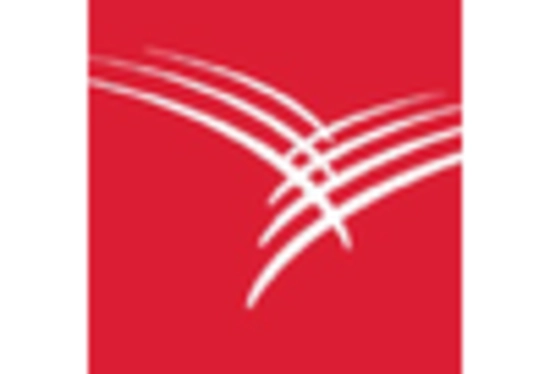
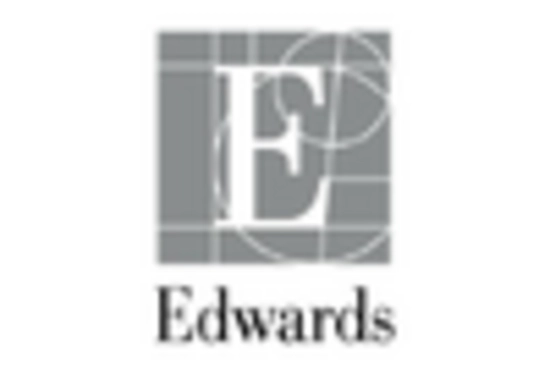
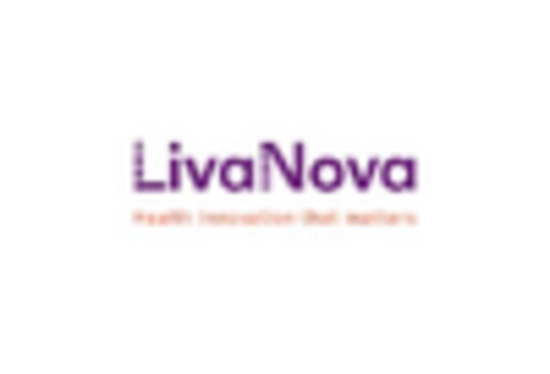









Leave a Comment